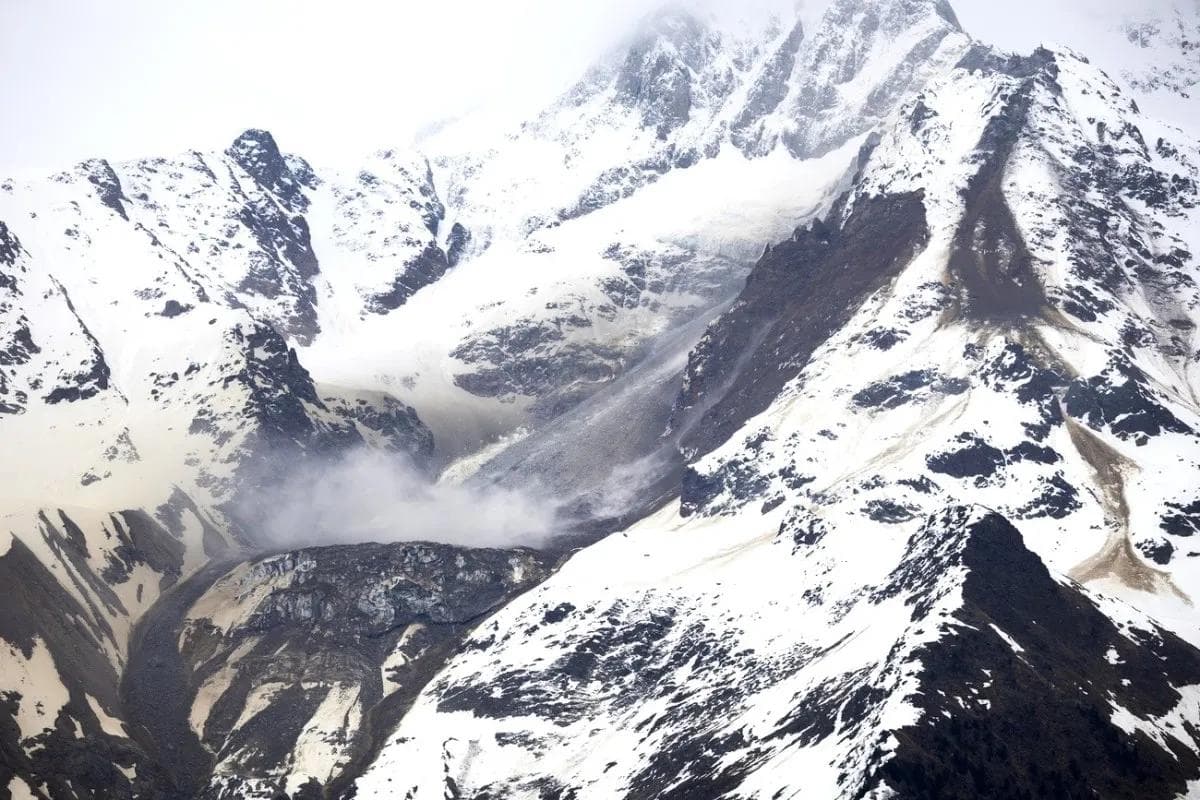
Climate Change and Mountain Instability in Swiss Alps
Published Date:
Categories
Climate Change Impacts on Swiss Alpine Stability
Recent events in Swiss Alpine villages have brought attention to the increasing risks of landslides and debris flows. Several communities, including Blatten in the Lötschental valley, have faced evacuations due to unstable mountain conditions. These incidents highlight the complex relationship between climate change and mountain stability in the Alps.
The Swiss Alps are experiencing rapid warming, with average temperatures rising by nearly 3°C compared to pre-industrial levels. This warming is affecting glaciers and permafrost, which play crucial roles in maintaining mountain stability. As these ice formations melt, slopes become more susceptible to movement and collapse.
Researchers face significant challenges in predicting mountain instability events. While there's a clear link between climate change and smaller rockfalls, the connection to larger landslides is less certain. Factors such as local geology, topography, and long-term weathering processes all contribute to mountain stability.
Swiss authorities use advanced monitoring techniques, including satellite imagery and ground sensors, to detect potential hazards. However, the sheer scale of the Alps makes comprehensive monitoring impossible. This uncertainty leaves many mountain communities living with ongoing risk.
The frequency of intense precipitation events, which can trigger debris flows, has increased. However, studies show mixed results regarding the overall trend in debris flow occurrences. This variability underscores the complexity of mountain systems and the difficulty in making broad predictions.
Switzerland has seen an increase in forced displacements due to natural disasters, with 1,100 recorded in 2024 alone. While most residents can return home quickly, these events highlight the growing impact of climate change on Alpine communities.
Protective measures, such as concrete walls and embankments, can mitigate some risks in known hazard areas. However, for large-scale events in remote locations, intervention becomes technically and financially challenging.
As climate change continues to affect the Alps, communities may need to adapt to living with increased risk or consider relocating from the most vulnerable areas. The situation in the Swiss Alps serves as a stark reminder of the far-reaching impacts of climate change on mountain environments and the communities that call them home.


